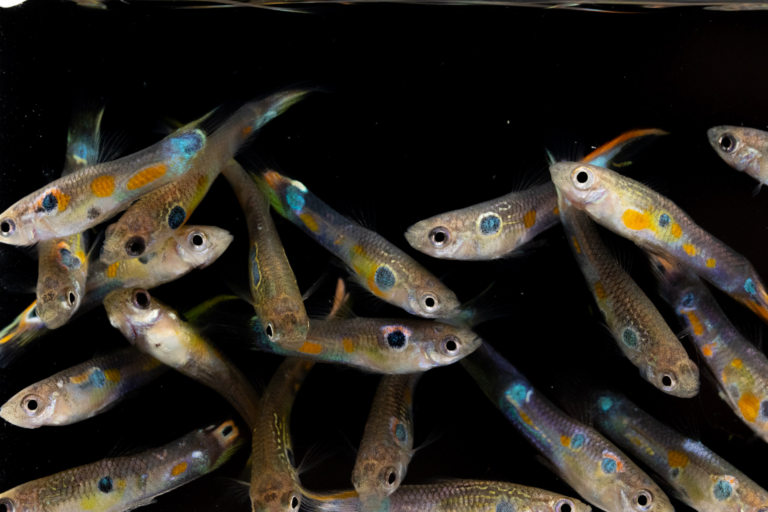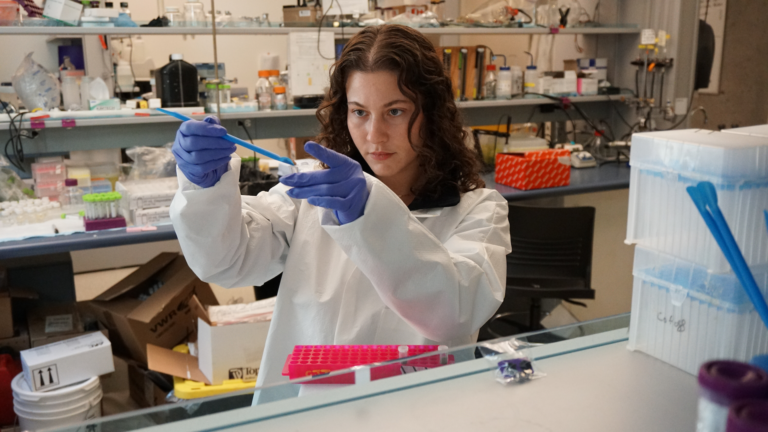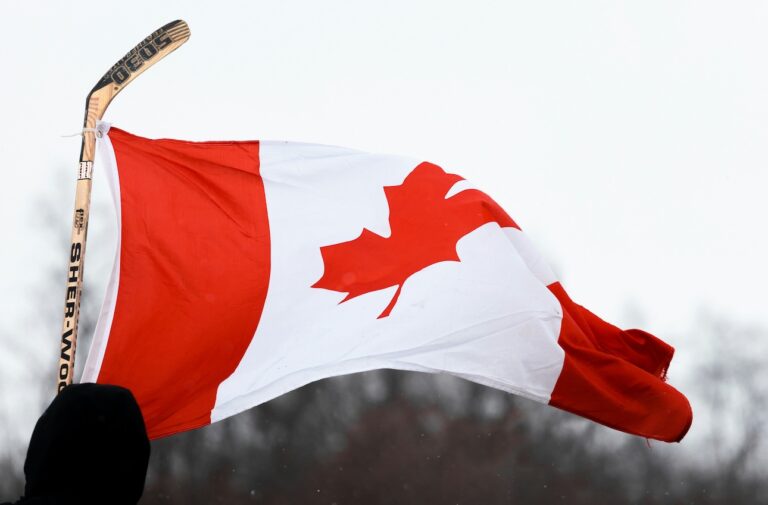Culturally significant island in Salish Sea returns to W̱SÁNEĆ First Nations
On Friday, February 26, SISȻENEM—a culturally important island located in the Salish Sea off Sidney Island—will be returned to its rightful owners.
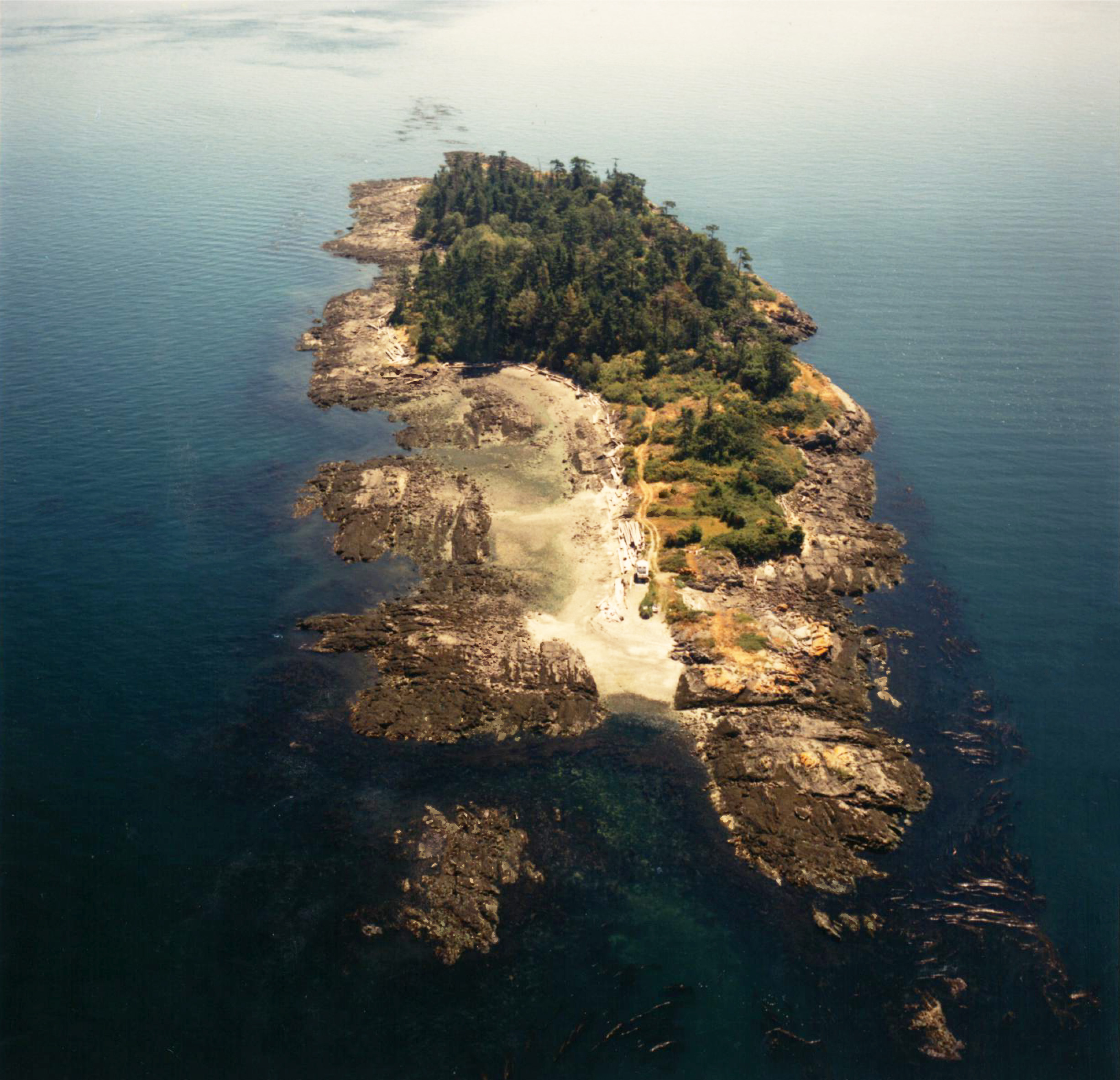
SISȻENEM (Halibut Island). Credit: Tara Martin/UBC
On Friday, February 26, SISȻENEM—a culturally important island located in the Salish Sea off Sidney Island—will be returned to its rightful owners.
The Land Conservancy of British Columbia and the W̱SÁNEĆ Leadership Council will sign an agreement to transfer title for SISȻENEM, a 9.67-acre island that forms part of the territory of the W̱SÁNEĆ First Nations.
It’s a landmark act of reconciliation that was facilitated, in part, by Dr. Tara Martin, UBC’s Liber Ero Chair in Conservation, Faculty of Forestry, who lives and works in the region. She brought the ecological and cultural significance of the island to the attention of the W̱SÁNEĆ Leadership, and then engaged The Land Conservancy in the conversation. With a partnership established, Dr. Martin was also able to find a donor to fund the purchase of the island so it could be transferred to its rightful owners.
“I knew from my research that there was a very high chance this island was both culturally significant and home to rare species. When the island came up for sale, I immediately sought permission to undertake a full plant and animal survey. It revealed what I’d suspected—SISȻENEM is one of the last jewels in terms of ecological intactness and cultural importance in the Salish Sea,” said Dr. Martin.
Dr. Martin recorded intact Garry oak maritime meadows, along with old-growth Douglas firs, which support many of Canada’s species at risk. In the spring, the meadows are carpeted in wildflowers including camas, Indian celery, chocolate and fawn lilies—all native species with great cultural significance to the W̱SÁNEĆ and other Coast Salish peoples.
She added: “Camas was one of the most important foods for Coast Salish peoples in this region with its bulb providing an essential source of carbohydrates. Today it is uncommon as a result of multiple threats including the loss of Coast Salish management activities that maintained sustainable yields of camas bulbs, including low-intensity fire, hunting of herbivores, weeding and propagation.”
The island, located immediately east of many W̱SÁNEĆ villages, was a place where members of the community would fish for cod, collect traditional medicines and harvest camas. For W̱SÁNEĆ people today, SISȻENEM will be a place where they can be in peace.
W̱SÁNEĆ Elder Seliliye (Belinda Claxton) reminisces, “I remember, we’d go from island to island. We went to harvest seagull eggs and boxwood and different types of medicine. Or, during minus tide we would get sea urchins and stick shoes (chitons) . . . And, the fragrance of those wildflowers. Sometimes I get a whiff of it when I go out in the spring. It brings back such beautiful childhood memories. It was so natural and so pleasant to be able to see that when I was a child. This is the sort of experience I want my children and my grandchildren to have. I don’t want them seeing it in the picture. There are not many places like this left.”
Photos: SISȻENEM Island
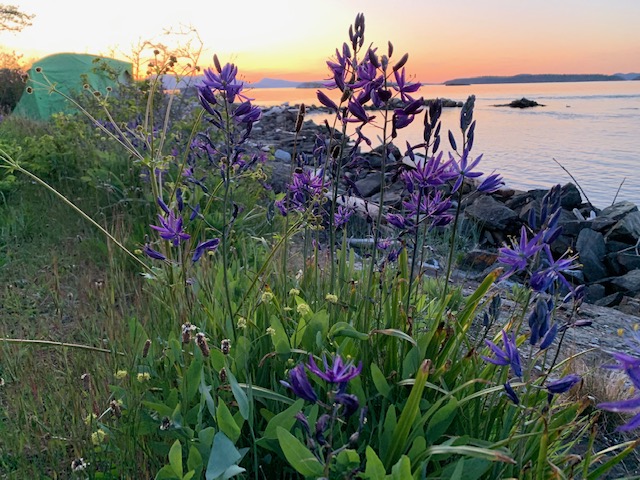
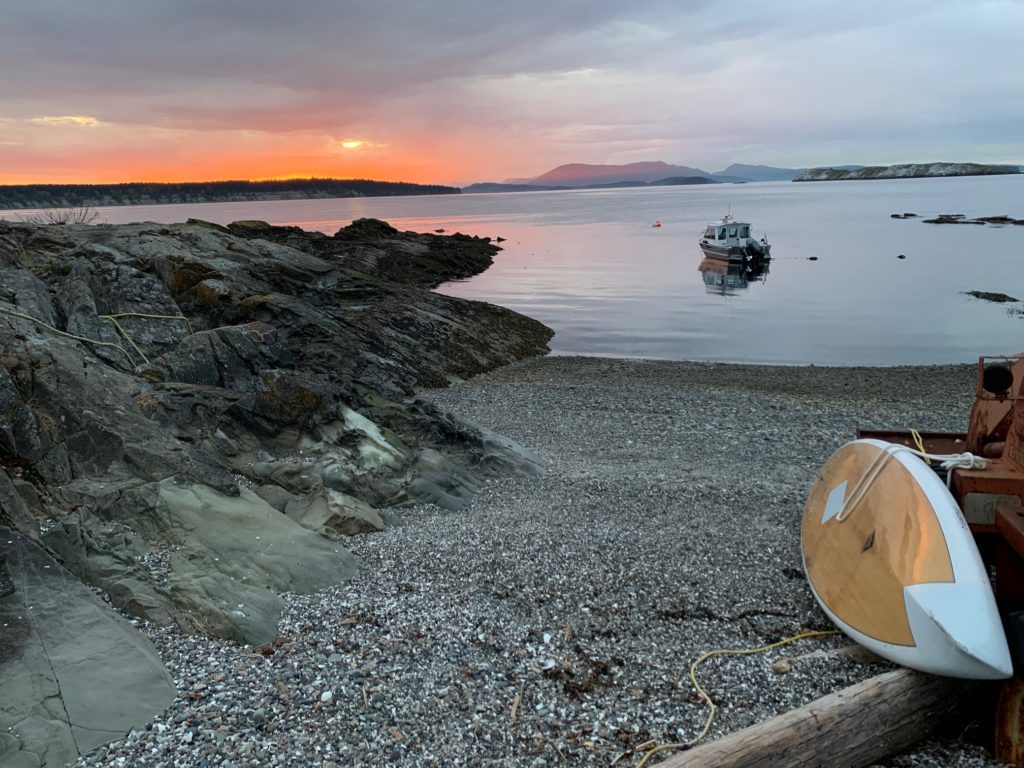
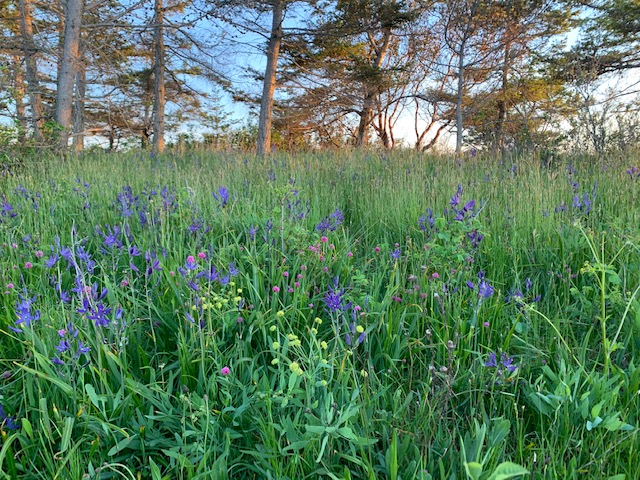
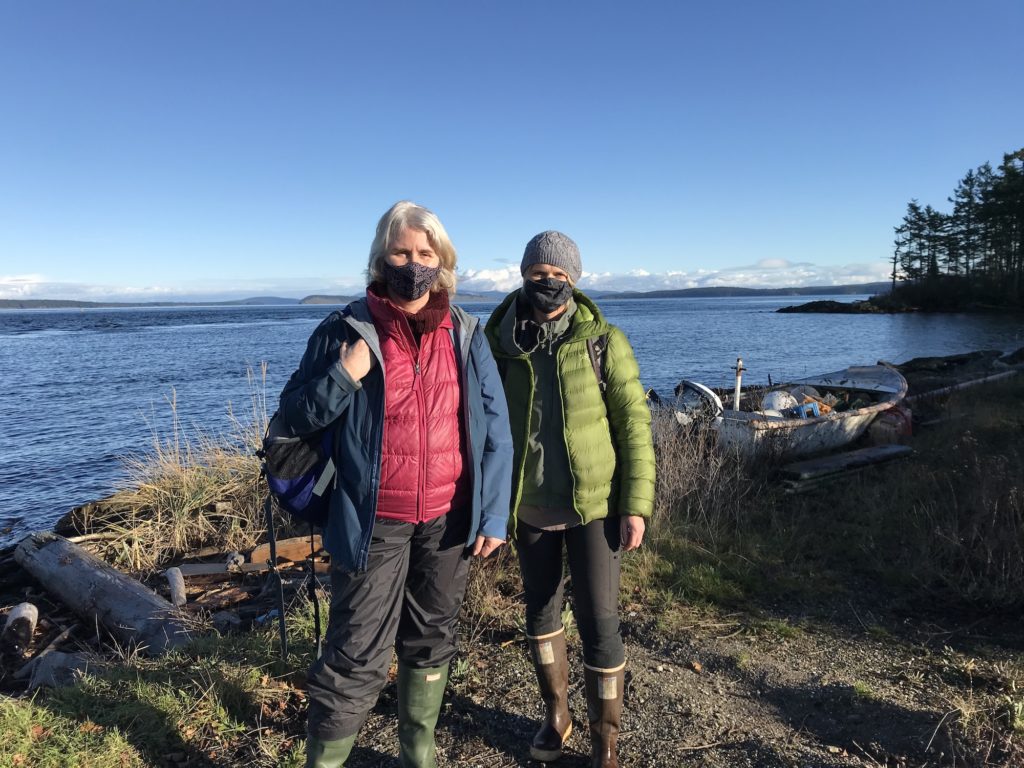
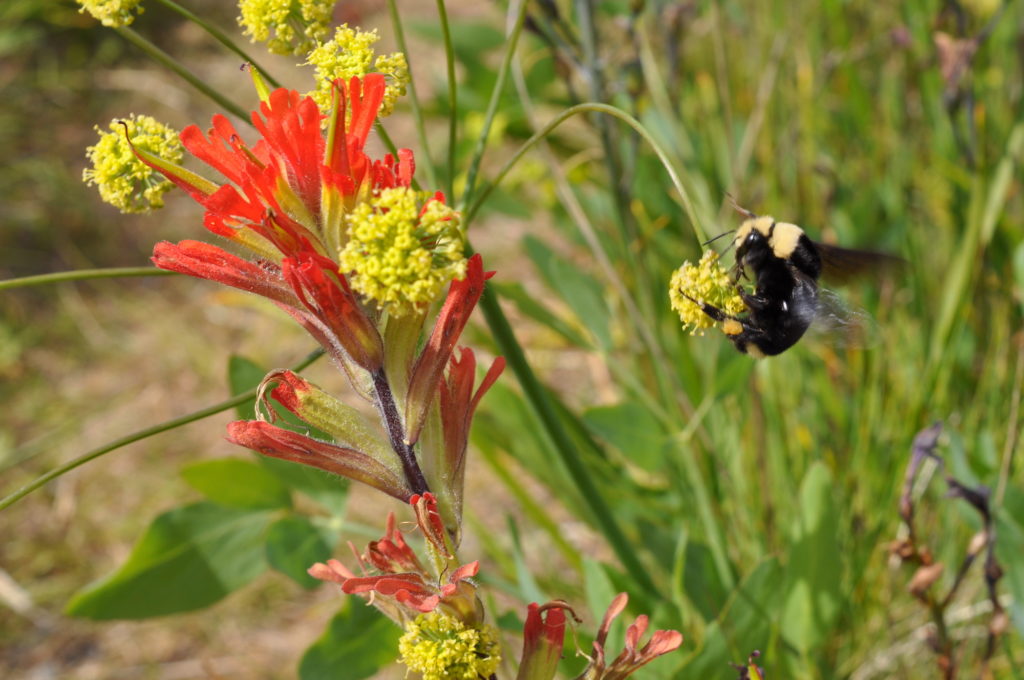

The Land Conservancy of British Columbia (TLC) purchased the island upon the recommendation of Dr. Martin and will transfer title once the W̱SÁNEĆ have a land trust in place.
“We believe this is an historic event, the first time a Canadian land trust has transferred title of a conservation property to a First Nation as an act of reconciliation,” said Cathy Armstrong, TLC executive director. “We will be working with W̱SÁNEĆ leadership and Dr. Martin to develop an eco-cultural restoration plan. TLC is humbly grateful for the opportunity to facilitate this ground-breaking transfer of title for the benefit of future generations.”
“Everyone living in W̱SÁNEĆ Territory is a subject to the Douglas Treaties. W̱SÁNEĆ people have Douglas rights and Aboriginal rights and title, and settlers have obligations to protect and honour those rights. This means that reconciliation is everyone’s responsibility. The return of SISȻENEM to W̱SÁNEĆ people by The Land Conservancy—with the support of generous private donors and Dr. Tara Martin—is a meaningful step in that direction. It shows that reconciliation doesn’t have to wait for government’s lead and that we can all do our part to protect the environment and help heal the W̱SÁNEĆ people. The phrase ‘Land Back’ is no longer a euphemism. It’s finally a reality,” says Chief Don Tom, Chair of the Board, W̱SÁNEĆ Leadership Council.
With the agreement now signed, Dr. Martin and her UBC team will work in partnership with W̱SÁNEĆ Elders and community members, as well as TLC, to assist in planning the next steps in eco-cultural restoration for the Island.
Martin indicates the work ahead will address everything from managing invasive species to introducing Indigenous land management practices and principles that, in time, could restore the island to its original beauty. “SISȻENEM is a cultural, geological and ecological jewel. My team and I are so grateful to the W̱SÁNEĆ people and TLC for allowing us to be part of this ongoing restoration journey,” she adds.
Dr. John Innes, Dean of UBC Forestry, notes that Indigenous land management is crucial in protecting biodiversity, respecting Indigenous rights and safeguarding the legacy of future generations: “Forest conservation practices are progressively evolving to reflect this belief. The Faculty inherently recognizes the significance of this agreement as another step forward in the university’s ongoing goal of fostering respectful and reciprocal relationships with Indigenous Peoples.”
Media: For interviews with Dr. Tara Martin contact lou.bosshart@ubc.ca or steph.troughton@ubc.ca. For other requests contact Chief Don Tom (chief@tsartlip.com) or Cathy Armstrong, The Land Conservancy (carmstrong@conservancy.bc.ca)
Multimedia assets:
- Images, news release and b-roll: Dropbox
Background
SISȻENEM
The name SISȻENEM cannot be easily translated into English as a whole, but each syllable conveys a sense of what the place is to W̱SÁNEĆ people: SISḴ means “enjoying the sun,” ȻEN is a feeling of inner peace, and EM means a place where these things happen. Roughly SISȻENEM means sitting out for pleasure of the weather.
W̱SÁNEĆ Leadership Council Society
The W̱SÁNEĆ Leadership Council Society is a unified, legal governing body comprised of three W̱SÁNEĆ First Nations: Tsartlip, Tseycum and Tsawout. It aims to promote the interests of the W̱SÁNEĆ First Nations by enhancing recognition of, and respect for, W̱SÁNEĆ Douglas Treaty rights and W̱SÁNEĆ Aboriginal rights and title. The W̱SÁNEĆ Leadership Council promotes the W̱SÁNEĆ culture, traditional practices and language, including the original W̱SÁNEĆ management of the environment as it was meant to be. The WLC also seeks to promote sustainable and equitable development of resources within W̱SÁNEĆ Territory.
The Land Conservancy of BC
The Land Conservancy of BC (TLC) is a non-profit, charitable Land Trust working throughout British Columbia. TLC’s primary mandate is to benefit the community by protecting habitat for natural communities of plants and animals. Founded in 1997, TLC is membership-based and governed by an elected, volunteer Board of Directors. TLC relies on a strong membership and volunteer base to help maintain its operations. Learn more about TLC by visiting www.conservancy.bc.ca
Conservation Decision Lab (UBC Faculty of Forestry)
The Conservation Decision Lab is led by Dr. Tara Martin and comprises a team of postdoctoral and graduate students pioneering the development of methods to predict impacts of cumulative effects on biodiversity and transform these predictions into decisions to inform what actions to take, when and where to recover and conserve biodiversity. The Salish Sea is a focal point for their research. For more on what they do visit www.taramartin.org

